The Vault: Top Ten Controllers
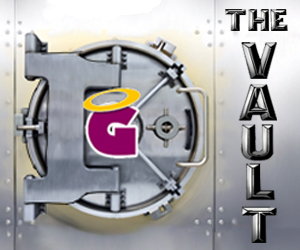 There is one single component of video games that is so important, that to remove it would render the whole medium useless: It isn’t graphics or gameplay, nor is it sound; I am of course referring to the ever present controller, for without the joysticks and pads we have used for the past few decades, we would just be watching and not playing.
There is one single component of video games that is so important, that to remove it would render the whole medium useless: It isn’t graphics or gameplay, nor is it sound; I am of course referring to the ever present controller, for without the joysticks and pads we have used for the past few decades, we would just be watching and not playing.
We’ve come a long way from Pong paddles and Atari joysticks. We now live in an age of analog sticks, triggers and in in recent years; motion controls. So many first & third party designs have been held in our collective hands, some comfortable, some not so much. I’d like to take this opportunity to take a look at my favourite methods of game control – I’m sure my choices are much different from yours, so why not discuss your own favourite controllers on our forums?
10: Super Game Boy Commander Controller (Hori, 1994)
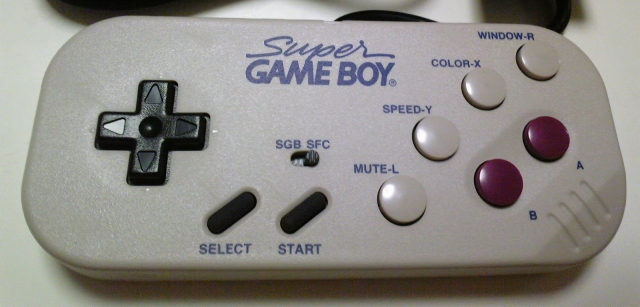
A controller that I’m sure not many of you are aware of, this item just enters my top 10 because it’s an interesting idea. As you can probably tell by the design, this controller has a style similar to that of the classic beige Game Boy system.
Created by Hori to act as the perfect accompaniment to the SNES’ Super Game Boy peripheral, this controller props up the rest of this list by being a uniquely designed pad that works incredibly well with it’s intended purpose (It actually works pretty well as a beat-em-up pad, too!).
That and it looks pretty sweet; note how the bottom right of the pad is made to look like the speaker output of the original Game boy, or the purplish-red B & A buttons.
9: Guitar Hero Controller (Red Octane, 2005)
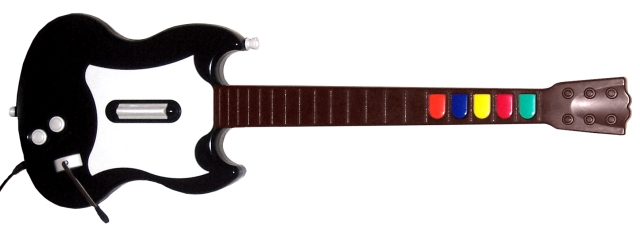
There are hundreds of gimmicky controllers out there: fishing rods, maracas, DJ turntables and dance mats to name just a few. However none of these unusual devices have made as much of an impact on the game industry as Red Octane’s brilliant Guitar Hero peripheral. It wasn’t the first guitar controller (that honour goes to Konami’s Guitar Freaks), but it was Red Octane and Harmonix’s Guitar Hero that really caught the imagination of wannabe Guitar Gods throughout the world. While Guitar Freaks relied on a soundtrack consisting of lesser known tracks, Guitar Hero gave us what we really want; some of the best guitar tracks you could possibly imagine.
The original Guitar Hero controller keeps things nice and simple: Five coloured buttons, a plastic panel to strum, an awesome tremolo (AKA Whammy) bar and a tilt sensor to enable Star Power with a nifty pose. Later versions varied in design, with D-pads, slide bars and a second set of buttons further down the neck; but it’s the original version that makes this list. For those about to rock, we salute you!
8: SEGA Mega Drive 6-button (SEGA, 1993)
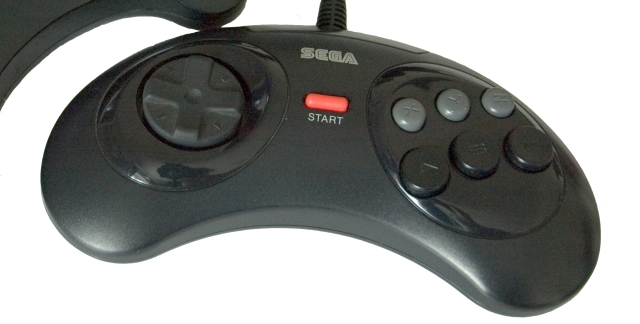
After Nintendo managed to score a victory over SEGA by getting the exclusive arcade port of Street Fighter II on their SNES console, SEGA bit back with Capcom creating a Special Championship Edition of the game for Mega Drive, with one slight problem: How do you convert 6-button fighting game controls to a 3-button pad? Well, you could do as Capcom did; make your three buttons all Punches and allow to player to change these to Kicks with a (not-so-simple) simple press of the Start button.
Or alternatively you could get SEGA to create an awesome new 6-button controller so that Mega Drive owners can enjoy Fighting in Streets as Capcom intended. Personally, I found the disc-style directional pad a far easier method of inputting special moves than the standard SNES D-pad.
7: NES (Nintendo, 1985)
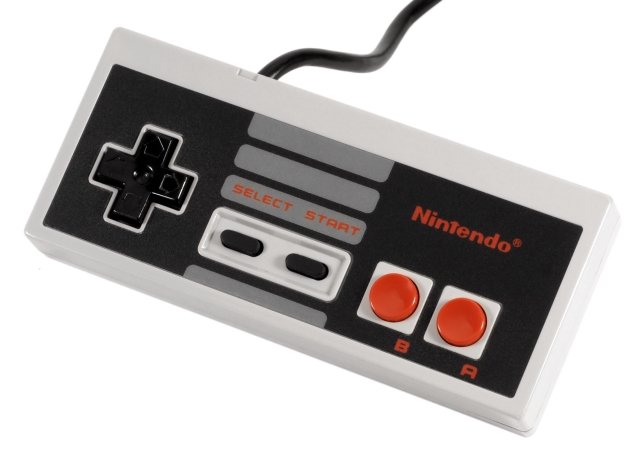 The most important (technologically and culturally) and recognisable pad on this list, Nintendo’s controller design for the Western version of their Famicom system differs from its Eastern model (it’s lacking the Famicom’s microphone function, plus it can be unplugged from the NES – unlike the Famicom pad, which is permanently wired).
The most important (technologically and culturally) and recognisable pad on this list, Nintendo’s controller design for the Western version of their Famicom system differs from its Eastern model (it’s lacking the Famicom’s microphone function, plus it can be unplugged from the NES – unlike the Famicom pad, which is permanently wired).
Its iconic black D-pad and bright red buttons are a design classic and even though its sharp, rectangular form is about as ergonomic as handling a breezeblock, it’s still the perfect example of a simple, yet incredibly functional controller. A true classic that has influenced almost every controller since. Nintendo even agree, considering the similar button configuration on the Wii remote once it’s flipped horizontally.
6: DualShock 3 (Sony, 2007)
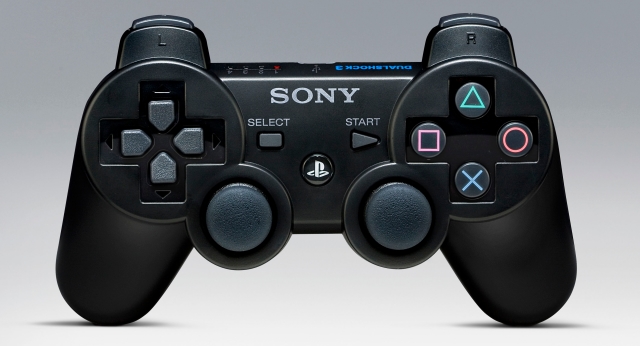
For some reason, I’ve never really liked Sony controllers. The original PlayStation pad always felt too plastic and never felt right in my hands. I could never find the segmented D-pad comfortable as it felt like it was grating your thumb.
But to Sony’s credit, their approach of evolving their controllers with each console release has certainly paid dividends; the DualShock 3 being the most comfortable of the PlayStation pads.
The dual-analog sticks are in a good position, the return to implementing rumble motors is a welcome one, I love the trigger-like L2 & R2 buttons and I feel Sony got the weight of the controller right this time around. The segmented D-Pad still grates my thumbs, but it’s still better than the one on the Xbox 360 controller.
5: Mini Pad 64 (Hori, 1999)
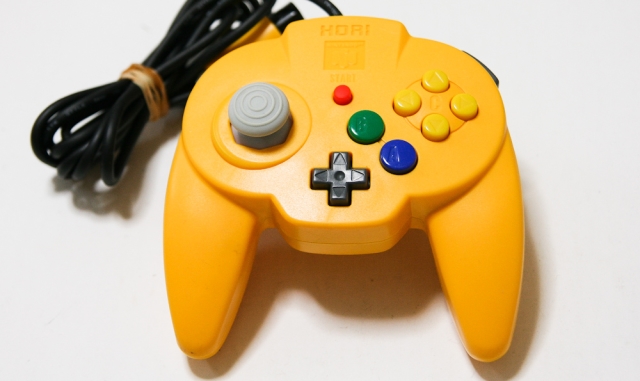
With the Nintendo 64, Nintendo made a heap of odd hardware decisions (cartridge instead of CD? No dedicated sound chip?), but the controller was probably one of the most obvious.
The three pronged monstrosity didn’t feel as bad in the hands as you might expect, but its added appendage did seem a bit unnecessary. Enter peripheral masters Hori, with their Mini-N64 controller – A little known Japanese-only cutie that is surprisingly easy to pick up on eBay and a worthwhile purchase for any N64 fan.
This tiny controller is deceptively comfortable to hold and makes button access far easier – Hori did a great job at updating the N64 pad, it’s just a shame that it was never released in the West as I’d have loved to see these packed with the N64 console.
4: SEGA Saturn (SEGA, 1994)
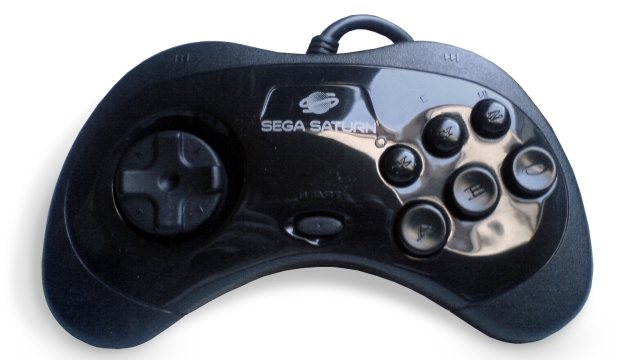
The SEGA Saturn pad is a worthy followup to the Mega Drive 6-button controller. This 8-button pad (6 face buttons, plus 2 shoulder buttons) takes every element of its predecessor and makes just the right adjustments. This controller was perfect for the arcade ports that the SEGA Saturn was famed for, making control in titles such as Virtua Fighter, SEGA Rally, and Daytona USA as good as a pad could get. This lump of plastic is considered to be one of the best beat-em-up controllers available, so much so that peripheral manufacturers Mad Catz modelled their Street Fighter IV Fightpads with this design as a reference point.
3: Wavebird (Nintendo, 2001)
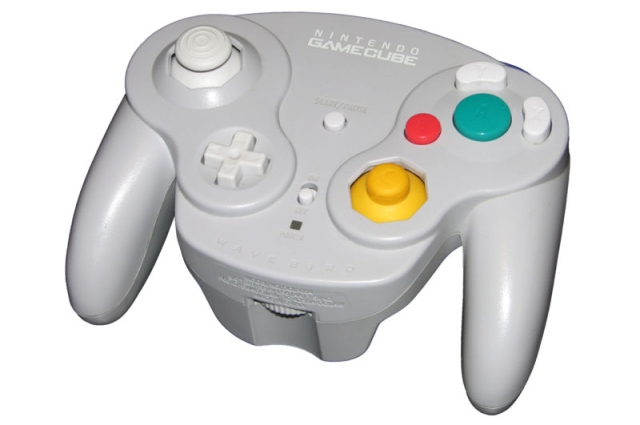 The original Gamecube controller seemed like a real oddity, even after the Nintendo 64 controller. The button placement is incredibly unusual (funnily enough it is believed that it is a Nintendo-modified version of the Hori Mini 64 pad that came in at #5 on this list) but surprisingly usable for most of the Gamecube’s library, just don’t expect to win many games of Capcom Vs SNK 2, or any other beat-em-up.
The original Gamecube controller seemed like a real oddity, even after the Nintendo 64 controller. The button placement is incredibly unusual (funnily enough it is believed that it is a Nintendo-modified version of the Hori Mini 64 pad that came in at #5 on this list) but surprisingly usable for most of the Gamecube’s library, just don’t expect to win many games of Capcom Vs SNK 2, or any other beat-em-up.
But it was Nintendo’s own Wavebird that takes the 3rd slot in this Top 10. Why? Because it was the first controller that did wireless technology well (Acclaim had an infra-red solution for the NES, but it was nigh-on useless).
Lag was non-existent and the freedom from cables was a revelation in controller technology. If only it had rumble support, but nothing is perfect I guess.
2: Xbox 360 (Microsoft, 2005)
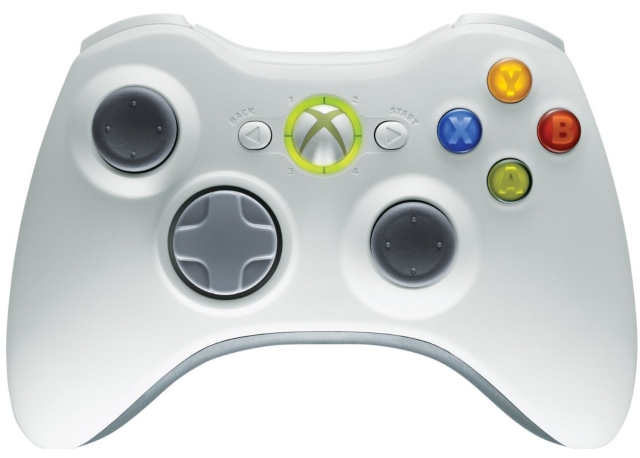
The Xbox 360 controller is easily the most comfortable pad on this list (at least to my experienced gaming hands). The original Xbox controller was an abomination; too large and unwieldy, with the later S revisions faring a little better, but still not perfect.
What followed for Microsoft’s second console, is a brilliantly designed pad, available in both wired and wireless versions at launch (the wired version also works well with PCs). Its design puts your thumbs in the most sensible positions for most modern games, the trigger buttons are also very satisfying to use (especially for driving games).
The D-pad is pretty poor, but Microsoft have at least tried to improve it with later models, to varying levels of success.
1: SNES (Nintendo, 1990)
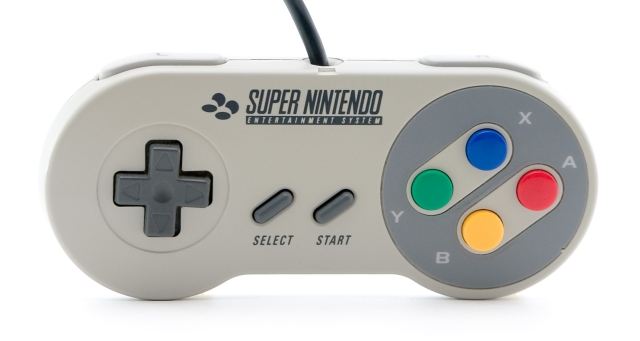 I’ll probably get a lot of stick for saying this, but the SNES controller is an outstanding piece of hardware. It’s a simple and clean design, but comfortable. Its colourful buttons are eyecatching and easy to identify. It contains the best D-pad Nintendo have ever made and the shoulder buttons are a trailblazing invention that has been used by every major controller ever since.
I’ll probably get a lot of stick for saying this, but the SNES controller is an outstanding piece of hardware. It’s a simple and clean design, but comfortable. Its colourful buttons are eyecatching and easy to identify. It contains the best D-pad Nintendo have ever made and the shoulder buttons are a trailblazing invention that has been used by every major controller ever since.
Plus, without it we would never have got a playable home version of Street Fighter II – Is there no better reason that this pad gets the Number 1 spot?
The Vault is a monthly feature and will return on the second Friday of every month. Next Friday is Hall of Fame time!




